Your office is having its annual party, and you’re in charge of the food.
You place the order for Italian food and inform your colleagues about it when Jenny from Accounts reminds you that the boss’s wife will also be there for the party and prefers continental food.
Not wanting to spoil the party, you pick the phone again and add two continental dishes to the order when you receive another message reminding you about the sweet lime soda—one you completely forgot. Ugh!
Doesn’t reading this feel chaotic enough? Now imagine this mess taking place at work. Luckily, requirements management can handle all of this chaos, allowing you to work systematically.
What is Requirements Management?
Requirements management refers to the process of gathering, understanding, refining, prioritizing, and planning every aspect of a project to ensure its success.
It’s an ongoing process where team members monitor a product’s whole lifecycle to ensure the end product meets the needs of customers and stakeholders. You have to document every specification, assumption, exception, and decision.
No doubt, the process takes a lot of time and effort. But in the end, all the effort you put in can simplify the whole shebang considerably.
But why do you need requirements management?
It can act as a point of reference while documenting the whole project from the starting point to the end. Even the client can use it as a blueprint to understand what to expect—the why, who, what, how, and when—from the project.
5 Tools to Improve Requirements Management
Thanks to developing technology, we now have a wide range of tools to help enhance requirements management. Let’s take a look at five of these.
Jama Software
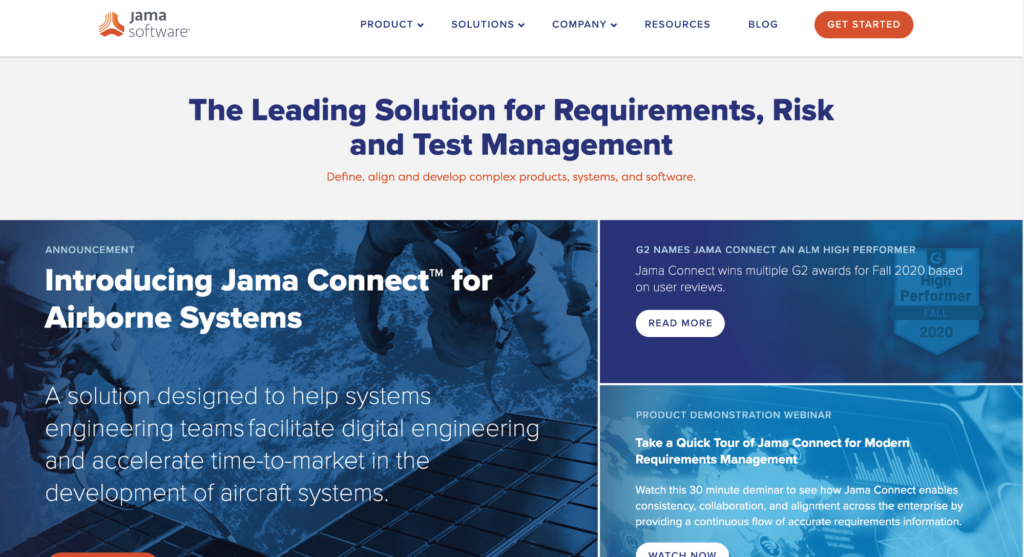
Jama Software comes with excellent features to help you build better software. It provides you with an excellent solution to look after all your product development needs efficiently and effectively.
This is an enterprise-level tool with an easy-to-use interface, test management, traceability, and requirements management. Users also get access to Jama Connect, a tool that can help improve quality and cycle times and minimize rework.
Jira
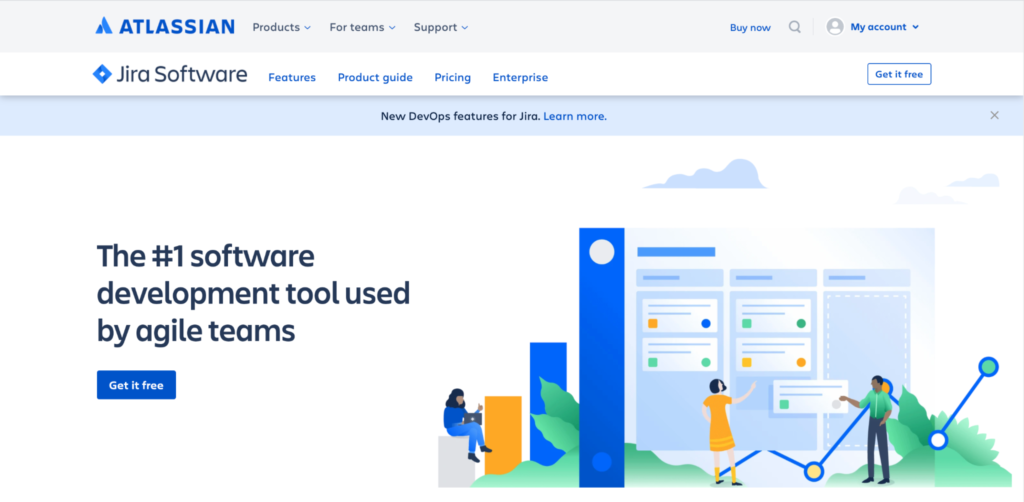
Jira is an agile team favorite. You can use the software to configure your requirements, as well as test case traceability.
The custom development workflows make Jira more of a project management tool, but it still has an excellent requirements management system that can be very useful. You can use the collaboration tools to share, watch, and comment on features so that every team member is on the same page always.
Modern Requirements4DevOps
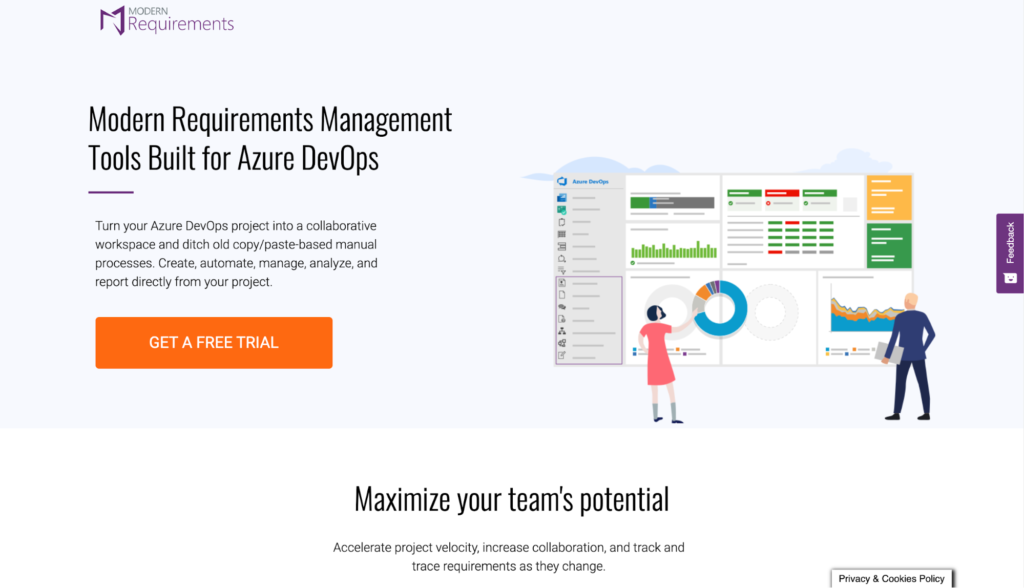
You get 4DevOps with Modern Requirements4DevOps allows you to control work duplication, ensure requirements reusability, and facilitate asset to requirements connection. Creating, automating, managing, analyzing, and reporting requirements directly from your Azure DevOps file is also possible.
It also has a built-in and time-saving approval process to connect requirements to development tasks and quality assurance testing. As such, you get full traceability throughout the project.
Accompa
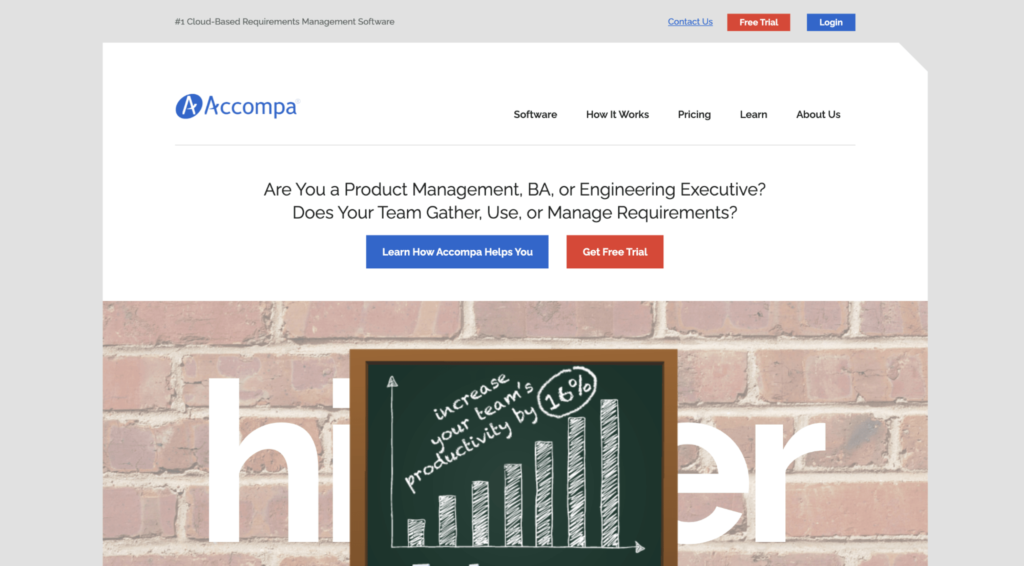
Accompa is another fantastic tool designed to simplify requirements gathering, making it the go-to choice for product managers, engineering teams, and business analysts.
The tool has discussion threads, which makes it easier for teams to collaborate and prioritize work. It comes packed with useful features to enhance your documentation process.
Visure
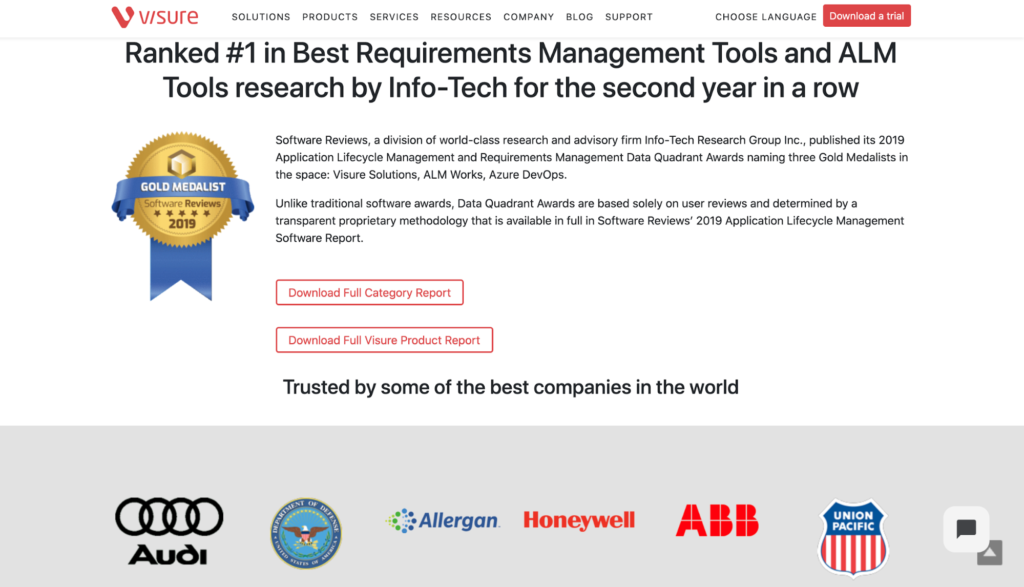
Teams can use Visure to implement requirements management and requirements engineering. This is a centralized requirements program that’s not only beginner-friendly but also boasts of great versioning features.
It lets stakeholders make repeated changes to the same requirement simultaneously, and no, you won’t face any glitch or error, irrespective of how many times your team makes the changes. The fact that it lends supports to various development lifecycle processes like Waterfall and Agile is another plus.
The Basics of Requirements Management
As discussed before, requirements management is extensive. However, once you get the hang of how things work, things will become better.
Below, we’ve compiled a list of requirements management basics. Let’s take a quick look.
Determine Project Requirements
You have to understand your requirements before you can manage them. For this, you’ll have to carry out three steps:
Step #1: Needs Assessment
Needs assessment is performed to identify the business case and justification behind the product. This, in turn, will help you identify the underlying root causes behind the current situation, as well as the desired future state.
Here are two types of analysis that you can try out:
- Root cause analysis or SWOT analysis to understand the existing situation
- Cost-benefit analysis to determine the desired future state
You can choose any analysis you want—provided they help you determine the project requirements accurately.
In addition to the above, you should also carry out a stakeholder analysis to determine the people and/or organizations who have power over—or interest in—in a project to identify every stakeholder’s needs.
Step #2: Requirements Management Planning
Here, you have to create the requirements management plan that will contain all the necessary information to define and manage the project. This can include the following:
- Roles and responsibilities
- Requirement development, tracking, and reporting
- Requirements prioritization
- Requirements approval procedures and authority levels
- Requirement traceability methods
- Acceptance criteria, i.e., how to measure whether the requirement has been fulfilled
- Requirement documentation and then delivering of the same to stakeholders
Step #3: Requirements Elicitation
This is the final step to determine requirements.
Map everything from the stakeholder analysis using the procedures formed within the requirements management plan. Moreover, this also involves additional steps like brainstorming, observations, questionnaires, workshops, interviews, prototypes, etc.
The main idea here is to understand the different types of requirements and the category that your requirements fit into.
Step #4: Requirements Analysis
Requirement analysis is mandatory to understand and prioritize requirements and determine the product components to meet them.
This is primarily done to create a requirement statement that contains crucial information, including condition, subject, active verb, object, business rules, and outcome.
Facilitate Requirements Tracing
You can trace your product requirements in two directions: Forward (to the product features and functionality that address the requirement) and Back (to the stakeholder who requested it or the organizational policy that specified it).
I highly recommend using a Requirement Traceability Matrix to simplify requirements tracing. This will help you specify every requirement, as well as the corresponding important information with it.
Essentially, the matrix serves as the backbone that will track all your requirements and ensure the stakeholders are satisfied with the product feature that satisfies every requirement.
Implementing the Requirements
Once you have the requirement traceability matrix in place, you’ll have a guiding factor for the project’s primary monitoring and control function. However, you’ll have to consult the matrix regularly to ensure the product is developed optimally to satisfy the requirements and keep the stakeholders happy.
What’s more, requirements can change mid-project.
This can get very annoying very fast as it’ll result in scope creep and potential budget and schedule overruns. In such cases, you must make a point to actively manage these requirements so that everyone is aware of the new developments and that the end product includes them.
Top Tip: You can link your requirements management to the project scope and change management for better results.
Solution Evaluation
The whole point of having a solution is to ensure it satisfies the stakeholder requirements. Naturally, the last step of requirement management is to evaluate whether the solution (or product) has been able to satisfy the determined requirements.
For this, you’ll have to consult the acceptance criteria and go through product testing records. Finally, the stakeholders will validate the product through demonstrations and user testing before giving you a final report about the solution’s success.
5 Tricks for Requirements Management
Requirements management isn’t easy. But there are a select few techniques that can help you simplify the whole process to ensure better results.
Utilize Collaboration Tools
Every conversation must be visible to all stakeholders to keep them in the loop about the latest developments. This way, all changes will be pushed out faster, without having to remember whether a developer who started last week is on the mailing list or not.
You see, an internal website for requirements and product management information lets you reach your audience more effectively, especially when compared to emailing documents to your stakeholders.
It’s better to manage requirements in a central location where all stakeholders have easy and immediate access to everything related to the project.
Get the “Perfect“ Notion Out of Your Head
Most of us fall prey to the notion of being perfect. However, what we fail to realize is that doing something is better than nothing.
Teams end up getting paralyzed by the process and analysis rather than delivering the working software.
Now, we aren’t saying that optimizing your process is wrong. You should constantly tweak your process to minimize errors. The thing is, if you have a better process with no product, you won’t have anything to show to your customers. After all, working software is the primary measure of progress.
You should start small, identify a few critical requirements, and constantly improve it where you can build, reflect, refine, and repeat. You’ll learn more about your customer needs with every release cycle, after which you’ll be able to improve and expand upon the software solution to deliver them.
Wondering where your team stands when it comes to getting work done? Look for these symptoms to know whether your team is prioritizing the process over the product:
- You constantly spend time talking about the process, with zero to no changes to the product.
- You have a never-ending requirements definition phase.
- You don’t have a decision-maker to make a call about when to go forward with development.
Get As Specific As Possible
It’s no secret that successful requirements management begins with good requirements. But to get good requirements, you need to get specific and eliminate any ambiguity.
You can create visual reminders to help you avoid using ambiguous terms when writing requirements. For instance, instead of saying ‘fast,’ specify the minimum acceptable speed to perform a specific action. Or define how the system handles exceptions and responds to unexpected conditions instead of using words like ‘robust.’
Include Models and Wireframes to Your Requirements
Try to use wireframes or mockups with callouts as a supplement to your requirements. This can help you with projects which involve enhancing existing interfaces.
Wireframes with brief text descriptions are easily readable, helping you convey a large amount of information rather effectively. If you want, you can also include detailed descriptions of wireframes and mockups in your user stories before publishing them on your internal product management website.
Practice Prioritizing Objectively
Development time is incredibly valuable. You shouldn’t waste time building features that your customers won’t actually use or those that don’t provide value to your company.
But how do you ensure this? Through prioritizing requirements effectively.
The fact that requirements prioritizing happen subjectively is another issue. When you hold a meeting, it’s often the person with the loudest voice who wins. Or a salesperson might make a sudden request after speaking to a customer, which may become top-priority.
Think about the following questions to prioritize requirements:
- Does it with your brand values?
- Does it enhance a competitive differentiator?
- What percentage of customers will benefit from the requirement?
- What is the trade-off if you prioritize a specific requirement over others?
All in all, you must avoid the common pitfalls of building features that are for vanity-sake or something that you think a customer might need.
from Quick Sprout https://ift.tt/3dTwpFS
via IFTTT
